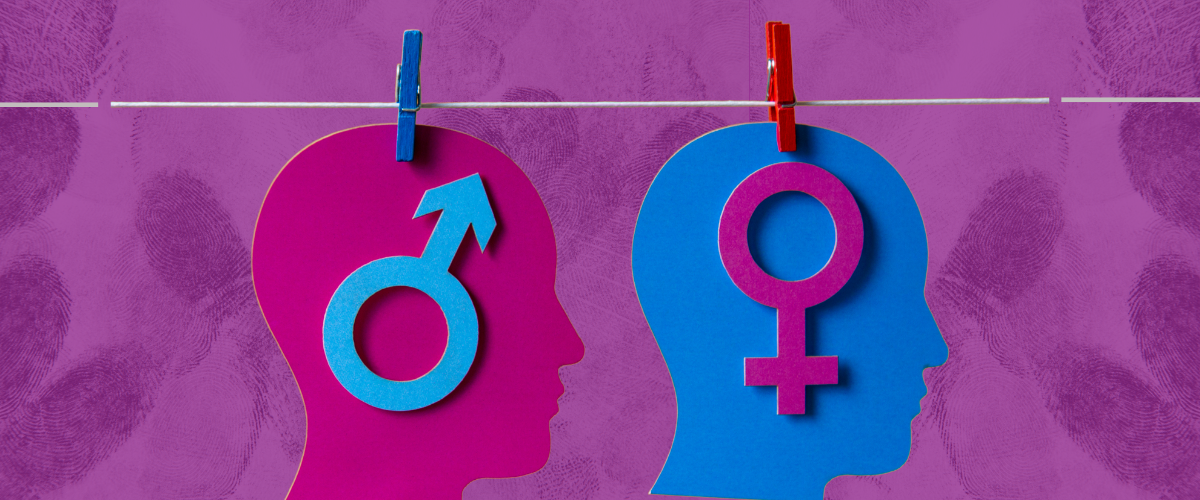How can behavioural science help charities and face to face fundraisers?
What are the best ways to motivate people to give to charity? And what makes donors keep giving? For many years charities have been exploring exactly how best to appeal to the general public for help. They’ve learned that through behavioural science, they can adapt the ask to not only stoke the desire to give, but increase long term committed donation rates. In this blog we take a look at what behavioural science is, and a few methods that have been adopted by charities and face to face fundraisers for effective fundraising.
What is behavioural science?
In a nutshell, behavioural science is the study of human behaviour, using a variety of different tests and observing results.
Testing typically involves looking at different environments, using interventions and changing stimuli. This might include asking questions and then changing the way the question is asked, introducing other people to the situation, or even playing different noises or music.
Our individual behaviour is governed by any number of things which contribute to our overall identity - our nationality, cultural background, religious beliefs, dietary choices, sibling ranking, marital status, hobbies, sexual orientation - the list goes on.
Read about donor identity and why it matters to charity fundraisers here
But humans sometimes behave in ways that go against the ‘rule book’ or survival, making choices that don’t fulfil our own happiness. We can also be inconsistent in the way we judge others.
Identity goes a little way to help us make assumptions about purchase behaviour, but behavioural science looks at response en mass - based on more primal instincts. Responses - as well as factors that can influence decisions are examined.
By understanding how people can be encouraged to make, avoid or change certain decisions, it’s thought that behavioural science can help people make choices they’d personally recognise as better for them overall.
Psychologists, social scientists and economists all exchange ideas and analyse results on human behaviours and influences. The research is diverse and expansive with different types of behavioural science categorised further into psychology, psychobiology, anthropology, economics and cognitive science.
Essentially, behavioural science examines what people actually do, as opposed to what they ‘might’ or ‘should’ do.
Psychologist and Nobel Prize winner in economics Daniel Kahneman theorises that we have two thought systems in our brains. One is intuitive, fast and emotionally based and the other is our slower more logical and rational way of thinking.
Needless to say, decisions about smaller impulse purchases are almost always made using our fast thought brain.
Of course this works wonders for retailers, who are constantly on the look out for ways to manipulate their buyers. In a google article about navigating purchase behaviour and decision making, six of the strongest influencers are identified:
Quick descriptions of key product spec (known as category heuristics)
Now power – Not having to wait to receive the product
Social proof – Positive reviews and recommendations from others
Scarcity bias – Limited edition or low stock availability. This is related to loss aversion, where losing out on something holds greater power than the pleasure of gain.
Authority bias – A trusted source, celebrity or expert recommends
Power of free – gifting extras with the purchase
It’s not just retail that can take advantage of discoveries in behavioural science. Charities have also begun to use techniques to work out how and what makes people give to charity - and increase donor join ups.
In fact, testing using behavioural science techniques shows that average donations can be increased by as much as 30%!
How charities can use behavioural science
For a start, charities can adapt digitally by applying psychology to charity websites.
Heuristics is when humans simplify complex problems to allow us to get to quicker decisions. It is literally the opposite of procrastination and is especially useful in todays world of over stimulation and excessive choice making.
Using specific phrases, designing easy to use forms and making choices simpler and strategic, means donors don’t have to think to hard and can easily donate.
Good - Better - Best - pricing example
Behavioural science can then be applied to influence the amount the donor decides to give too.
We’ve all seen the ‘good - better - best’ pricing strategies employed by service industries like insurers or flight booking agents. Psychologically when presented with a choice (as opposed to a single amount) our brains are wired to go centre, which means most will opt for the ‘silver’. Charities can increase average donations simply by making the highest price higher. The middle price suddenly looks a lot lower by comparison to the highest price than if it had just been shown on it’s own so donors reason this is a fair amount to give.
Another particularly useful behavioural insight is called anchoring bias.
Anchoring bias describes the human tendency to rely heavily on the first piece of information we get about a topic. This ‘anchor’ is then used to measure everything else we go on to learn against it. The anchor is our reference point - meaning we’re no longer unbiased. In turn this means it’s generally harder to sway us in an opposing thought process.
If you think about how young children are introduced to various themes in life - racial, moral, educational - these benchmarks often shape how they think about things in their future.
Although anchor bias can be problematic in the sense of political, cultural or moral beliefs, it can also be beneficial if we use it in charity fundraising.
Psychologist Daniel Kahneman gives a great example of how anchor bias can be used for fundraising;
He asked a group of participants to donate annually in order to save sea birds from oil spills.
Three groups were asked separately if they were willing to pay £5, £400 or to ‘make a contribution’ with no amount given. Each group were given a different starting amount.
Those who were not given an anchor amount were willing to pay an average of £64. Those given the anchor amount of £5 gave an average of £20 and those with the £400 anchor gave an average £143.
Charities can and do often tap into authority bias, where they use celebrities in campaigns and direct advertising to make appeals.
Many charities also use ‘the power of free’ by offering small gifts such as branded stickers, calendars and cards with posted collateral asking for help.
How face to face fundraisers can use behavioural science
Face to face charity fundraisers can also develop new strategies to increase donations, whilst keeping within the boundaries of compliance (aka The Code of Fundraising Practice).
Behavioural techniques can prompt donors to think in a more structured way. Placing these ‘anchors’ in conversation can make donors look at their contribution in a different way.
They can place anchoring bias in conversation by giving positive facts about their charities action from the off. The point of reference then becomes a measure against which they can explain the need against.
For example;
“Dogs Trust have saved over 10,000 dogs in the last year thanks to the help of the incredible donors that support us.
But another 664,000 dogs end up in shelters each year because their owners are no longer able or willing to take care of them”
Here, the donor first realises what a great thing Dogs Trust are doing and what an excellent impact they make. But on hearing the scale of the overall problem, they’re reminded that there is still much work to be done.
Another great example of how behavioural science can be used in face to face fundraising is to implement the ‘Identifiable Victim Effect’
This is where people feel the urge to act and respond more powerfully when stories focus on one individual rather than a group of anonymous victims.
Researchers conducted a study at Carnegie Mellon University where reasons to donate were divided into three categories:
A starving girl from Mali named Rokia and her story
Statistical information on the number of children in Mali dying of starvation
A combined approach of Rokia’s story and statistic information
The results showed that more people donated off the back of hearing about Rokia than any other information. Least likely was the combined approach of Rokia and statistics.
It’s thought that people believe they’re able to make a difference to a single person and so are compelled to act.
Our emotional responses are limited to ensure our own protection and prevent overwhelm – so we are simply unable to feel sympathy for every single sad story we hear which is why mass tragedy tends to switch us off.
When we’re able to rationalise – in this instance – We CAN help Rokia to live – we are more likely to want to help make that happen.
With this in mind, face to face fundraisers should always aim to tell the story of an individual, making the cause relatable to the donor while encouraging them to believe they can make that difference.
Read more about the power of story telling in charity fundraising
So we can see from these examples how behavioural science can work wonders when used carefully and strategically in charity fundraising. Here at Charity Link we continually strive to find better ways to communicate with potential donors that make every exchange professional, personalised and effective.
If you’re interested in a career in charity fundraising and would like more information on what’s involved, why not reach out to our friendly recruitment team and register your interest?
All our fundraisers receive award winning training and ongoing mentoring and support from Team Managers and wider company network. We know that the right person can make fundraising a rewarding, meaningful and fulfilling career choice and we’re always on the look out for great new people to join our team!








